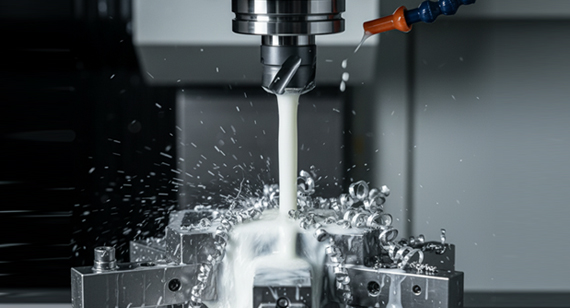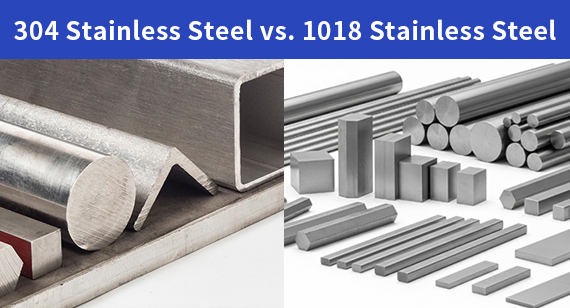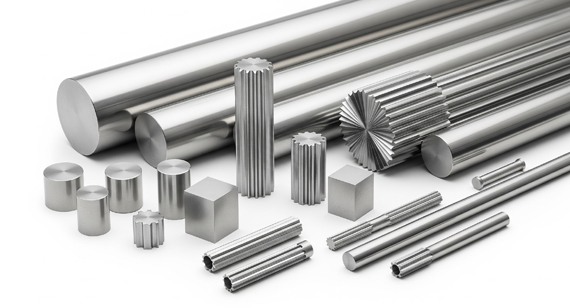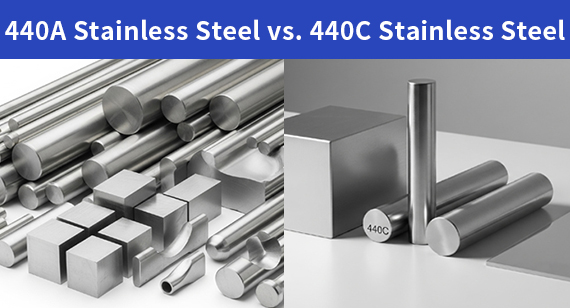15 years one-stop China custom CNC machining parts factory
The VMT blog is dedicated to sharing our hard-earned knowledge in prototype manufacturing. We hope these articles will help you optimize your product designs and gain deeper insight into the world of rapid prototyping. Enjoy the read!
Get an Instant Quote VMT
VMT  2025 09 27
2025 09 27 1020 and 1018 steels are both low-carbon steels, but 1018 contains slightly higher manganese, enhancing its machinability and mechanical properties like tensile and yield strength. 1020, with lower carbon and manganese, offers better ductility and weldability. Understanding these chemical and mechanical variances is crucial for optimal CNC machining and part performance.
 66
66
 Read more
Read more
 VMT
VMT  2025 09 27
2025 09 27 409 stainless steel is a ferritic stainless steel grade primarily recognized for its excellent high-temperature oxidation resistance and good weldability, particularly in applications where aesthetic finish is secondary to functionality and cost-effectiveness. It is commonly employed in environments exposed to fluctuating temperatures and mild corrosive conditions, offering a durable solution without the higher cost associated with more alloyed stainless steels. Its ferritic structure contributes to its magnetic properties and resistance to stress corrosion cracking.
 66
66
 Read more
Read more
 VMT
VMT  2025 09 23
2025 09 23 When selecting CNC materials, the selection frequently comes down to 2 popular options: aluminum and carbon steel. Both are broadly utilised in industries along with automotive, aerospace, scientific devices, and consumer goods. But here’s the real query: Which one is higher on your undertaking?
 66
66
 Read more
Read more
 VMT
VMT  2025 09 22
2025 09 22 Monel, a Ni-Cu alloy, delivers exceptional performance under extreme conditions. CNC machining can provide the exceptional precision required across industries. Manufacturers are increasingly adopting Monel CNC machining.
 66
66
 Read more
Read more
 VMT
VMT  2025 09 20
2025 09 20 304 Stainless Steel is highly corrosion-resistant and versatile, ideal for environments exposed to moisture, while 1018 Stainless Steel is softer, easier to machine, and suited for structural and mild applications. The choice depends on whether you prioritize durability or machinability.
 66
66
 Read more
Read more
 VMT
VMT  2025 09 19
2025 09 19 CPM S30V stainless steel is a high-performance material known for its superior hardness, corrosion resistance, and edge retention. Often used in premium knives and tools, it combines durability with ease of machining. The steel’s composition includes vanadium, which enhances wear resistance, making it ideal for demanding applications where strength and toughness are essential.
 66
66
 Read more
Read more
 VMT
VMT  2025 09 18
2025 09 18 440A is a lower-carbon stainless steel offering better corrosion resistance and easier machining, while 440C has higher carbon content, making it harder, stronger, and better for cutting edges. Choose 440A for affordability and corrosion resistance, and 440C for durability, wear resistance, and high-performance applications.
 66
66
 Read more
Read more
 VMT
VMT  2025 09 17
2025 09 17 ADC10 and ADC12 aluminum alloys are both commonly used in die-casting, but they differ in chemical composition, mechanical properties, and applications. ADC12 has higher strength and better corrosion resistance, making it ideal for automotive and electronic components. ADC10, on the other hand, offers better fluidity, making it easier to cast complex shapes. Choose based on project needs.
 66
66
 Read more
Read more
Ready To Start Your Next Project?
Get Instant Quote

Request a Free Quote
Send us a message if you have any questions or request a quote. We will get back to you ASAP!







